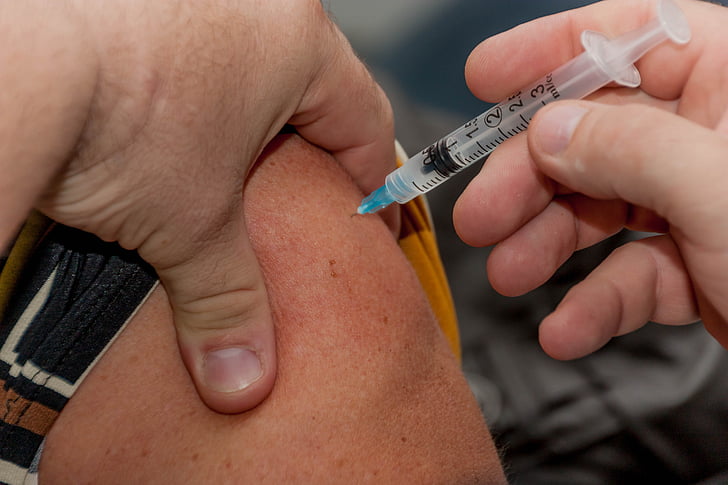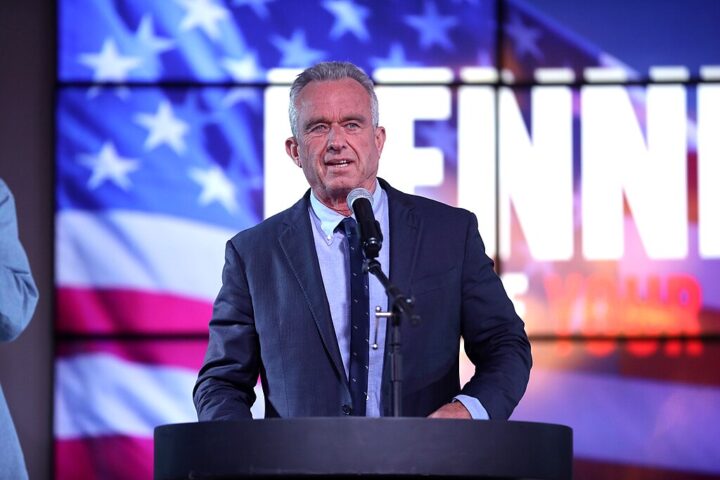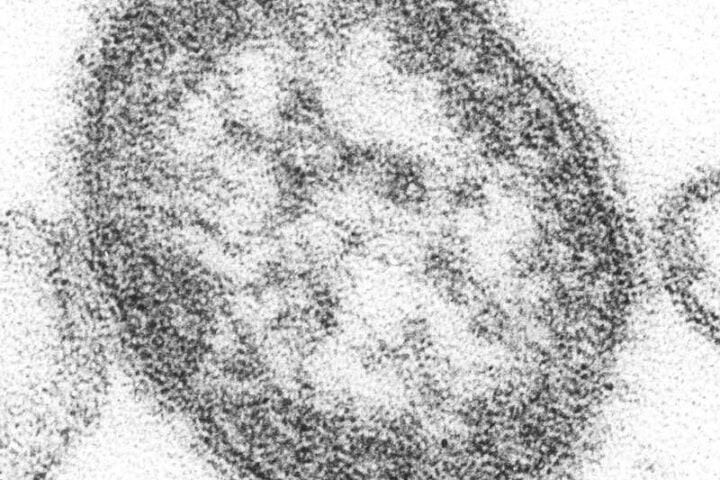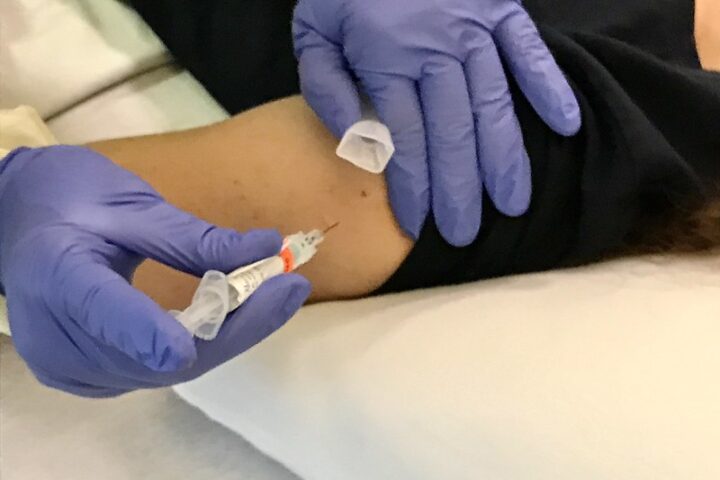The Centers for Disease Control and Prevention (CDC) has stopped its “Wild to Mild” flu vaccination campaign amid one of the worst flu seasons in decades. The decision comes just as the nation faces record-high flu cases, with 29 million illnesses, 370,000 hospitalizations, and 16,000 deaths reported this season.
The campaign, which launched at the start of the 2023-24 flu season, used creative visuals comparing wild animals to their tamer counterparts to show how flu vaccines can reduce illness severity. For example, one advertisement showed a blowfish alongside a goldfish, illustrating how vaccination can turn potentially severe flu cases into milder ones.
Dr. Robert Hopkins Jr., medical director of the National Foundation for Infectious Diseases, expressed concern about the timing. “It is unfortunate that the Centers for Disease Control and Prevention Wild to Mild campaign has been removed from the website. This CDC campaign is a creative and effective way of conveying the extremely important public health message about ‘partial protection’ versus ‘complete prevention’ of disease.”
The campaign’s effectiveness was notable. According to CDC data, their transit advertisements reached over 30 million riders, with digital impressions matching those numbers by October 2024. The initiative specifically targeted high-risk groups, including pregnant women and children, whose vaccination rates had declined since the COVID-19 pandemic.
Current vaccination rates paint a concerning picture. Less than half of both adults (45%) and children (46%) have received their flu shots this season, far below the CDC’s Healthy People initiative goal of 70%. Meanwhile, laboratory-confirmed flu cases have reached a season-high positivity rate of 31.6%.
The Department of Health and Human Services (HHS) reviewed and ultimately decided to end the campaign, according to internal CDC meetings. This decision coincides with newly appointed HHS Secretary Robert F. Kennedy Jr.’s emphasis on “informed consent” in vaccine decision-making.
Similar Posts
Dr. William Schaffner, a professor of infectious diseases at Vanderbilt University Medical Center, plans to continue using the campaign’s message despite its official end. “It educates people about the main benefit of influenza vaccine in a catchy, easy-to-understand way. Anything we can do to persuade more people to receive the flu vaccine is a good thing.”
The impact of flu vaccines remains significant. During the 2023-24 season alone, vaccination prevented approximately:
- 9.8 million illnesses
- 4.8 million medical visits
- 120,000 hospitalizations
- 7,900 deaths
The current flu season has reached concerning levels. The percentage of outpatient and emergency department visits involving patients with influenza-like illness hit 7.79% in early February 2025 – the highest recorded since at least the 1997-98 season. This surpasses even the 2009 H1N1 swine flu pandemic peak of 7.72%.
Health experts emphasize that it’s not too late for vaccination. “If you have not already received your flu shot, I would strongly encourage you to get vaccinated,” Dr. Hopkins urged. “It is not too late to reduce your risk for influenza and influenza-related complications.”

The CDC has not responded to requests for comment about the campaign’s termination. However, HHS spokesperson Andrew Nixon stated in an email to NPR that “officials inside the CDC who are averse to Secretary Kennedy and President Trump’s agenda seem to be intentionally falsifying and misrepresenting guidance they receive.”
This development occurs during a broader context of changes in federal health agencies, including recent layoffs of probationary workers, and evolving public health communication strategies. The outcome of these changes on public health messaging and vaccination rates remains to be seen as the current flu season continues.


















